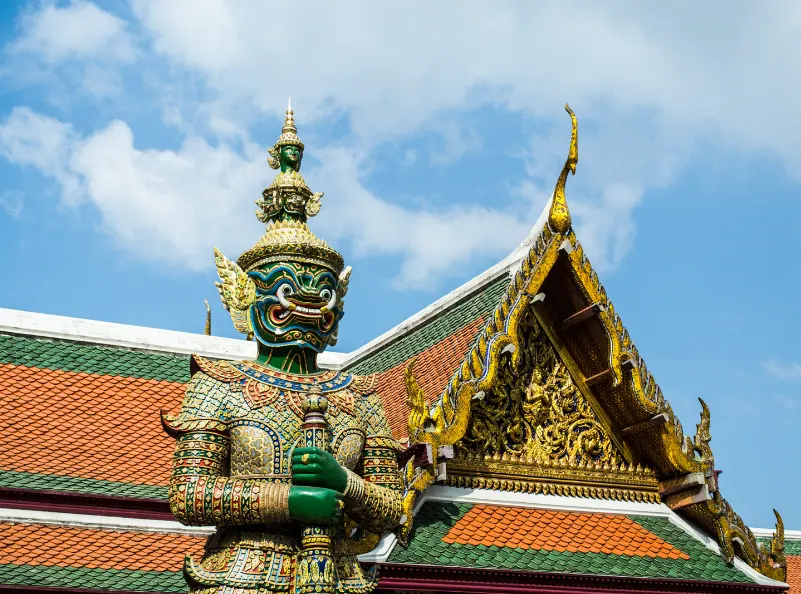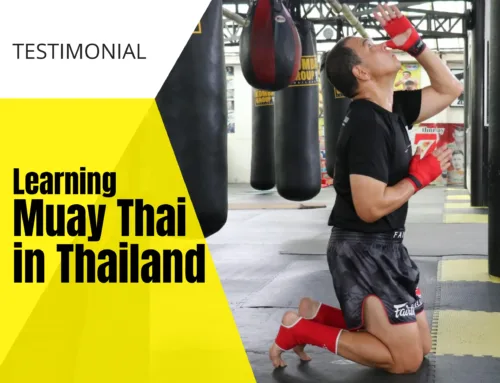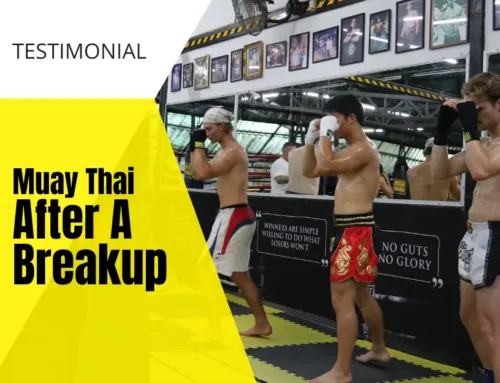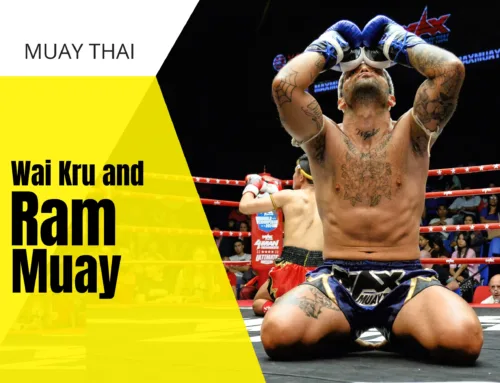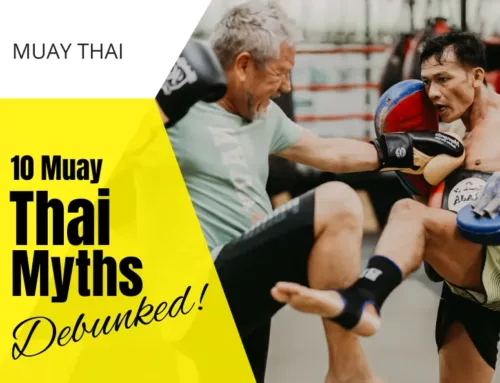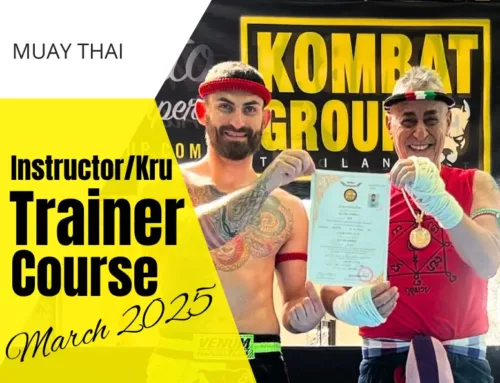With the incorporation of Muay Thai into military training under King Naresuan the Great (1590-1604), the fighting art began to take root as an integral part of Thai culture. It wasn’t until later in the century, however, that Muay Thai became popular and established as sport within the Kingdom. King Narai the Great (1656-1688) ruled in the most prosperous period of the Ayutthaya Kingdom. It was a very peaceful period marked by great commercial and diplomatic progress both within the Kingdom and abroad. King Narai heavily promoted culture, art and sports in Thailand. So began the popularization of Muay Thai in Thailand as some of the first boxing camps opened to train professional fighters.
Muay Thai fights of this period were far less formalized than they are today. Rings were simply ropes laid on the ground, there were no weight classes and fighters fought without gloves. They oftenwrapped their hands with hemp dipped in tar to bind together and harden the threads. There were no set time limits and matches carried on until one’s opponent was unable to continue. Muay Thai matches took place at festivals and at royal and commercial ceremonies. Wealthy businessmen often held matches to settle disputes, and villages hosted competition to gain pride over others.
Nai Khanom Tom: The Father of Muay Thai
Among the fables of Muay Thai’s origin, one stands out above all in the popularization of the sport. When the Ayuttaha Kingdom fell to Burma in 1767 (also the time when most records of Muay Thai’s origins were destroyed), thousands of Siamese were taken captive. The Burmese King later arranged a festival in celebration. Here he requested to see a Thai boxer showcase his skills against a Burmese fighter. The chosen boxer was Nai Khanom Tom. He began the match with a ceremonial dance in honor of his country, teachers and peers then swiftly defeated his opponent. Arguing the dance was distracting and his victory therefore invalid, he had to keep fighting. He fought 9 more opponents (as the fable goes) with no rest in between. The King awarded Nai Khanom Tom freedom for his victories on March 17th, now National Muay Thai Day.
Rama V: The Royal Buddha
Muay Thai continued increasing in popularity over the next century, but really gained prominence under Chulalongkorn, King Rama V (1853-1910). Credited for much of Siam’s modernization, Chulalongkorn encouraged widespread social and political reforms from the abolishment of slavery to the advancement of public health. He established the Ministry of Education along with the Royal Military Academy and incorporated Muay Thai into the training curriculums. He further encouraged districts to practice and compete in Muay Thai thus establishing the national sport of Siam.
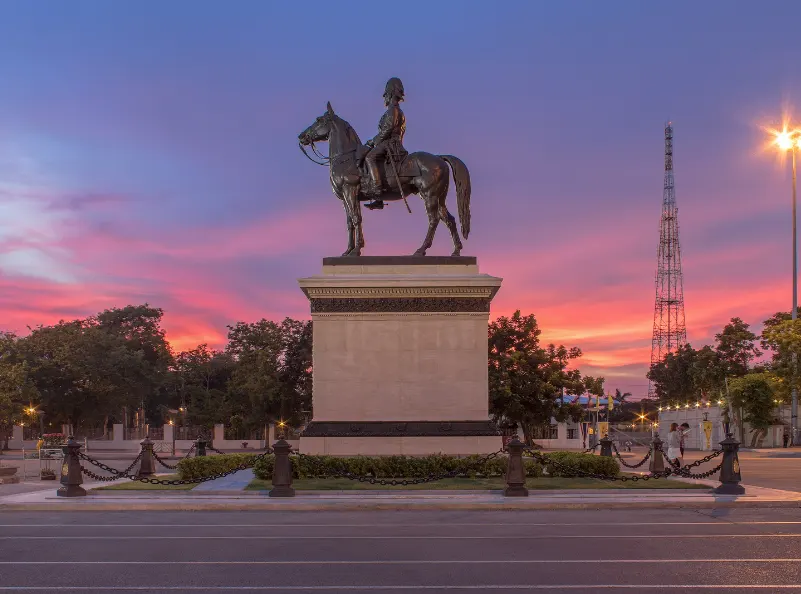
Muay Thai continued its popularization under the reign of King Rama VI (1910 – 1925). It was during this period that the sport gained its first Western audience. During World War I, Thailand sent troops to Europe to contribute to the Allied efforts. The Thai soldiers eventually showcased their skills to fellow soldiers. Of equal significance was the introduction of British Boxing to Thailand in the same period. This led to the incorporation of British boxing rules and structure into Muay Thai which further prompted its progression into a popular, formalized sport. Thailand constructed its first formal boxing ring at San Kulap College in 1921 and two years later, its first boxing stadium, San Sanuk Stadium.
As the popularization of Muay Thai continued to rise, its rule system became further refined. Our next article will focus on the development of the sport’s structure along with a more detailed overview of Muay Thai rules.

